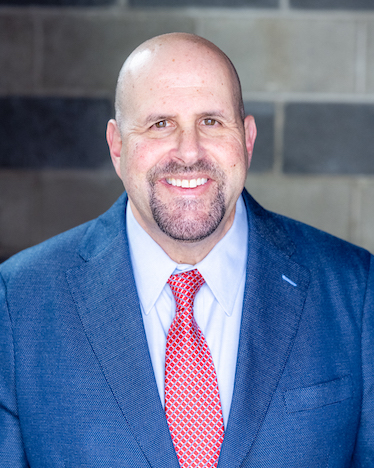If you have and injury to the shoulder you have probably noticed how much the pain restricts your daily activities. Many sports, like baseball, golf, tennis, and ping pong are not so fun anymore. If you have a job (Carpenters, construction workers, upholsterers, librarians etc.) that requires you to lift objects over your head, you are probably dreading the work week. How Do You Get An Injury To The Shoulder? The shoulder is a complex part of your body’s anatomy. It consists of a ball and socket type joint, which has three main parts; the humerus, clavicle, and scapula, and most shoulder pain is caused by injuries to these parts. Shoulder injuries can be caused by:
- Slip and falls where the arm is outstretched or gets twisted.
- Direct blows to the shoulder from a traumatic event, such as an auto accident.
- Work injuries caused by overuse of the shoulder also occur very often. A worker is entitled to several benefits, such as reasonable medical treatment, disability pay, and compensation for their injuries.
- Rest: Resting the shoulder may help if it is determined that the tear is due in part to overuse.
- Nonsteroidal Anti-inflammatory Medications: These medications are used to help control pain.
- Strengthening and Stretching Exercises: Exercise may be recommended as part of a physical therapy program. A physical therapist can show you a number of exercises that use stretchy bands or light weights.
- Corticosteroid Injections: According to the Cleveland Clinic, Corticosteroids are man-made drugs that closely resemble cortisol, a hormone that your adrenal glands produce naturally. They might be given locally, to the precise place where a problem exists, or systemically, which means throughout the “system” or body.Corticosteroids can help reduce pain but cannot be repeated frequently because they can weaken the tendon.
- Ultrasound: Ultrasound treatment has thermal effects that may help in the healing process, and can enhance the delivery of drugs which are applied to the skin.
- Initial Treatment: Rest, ice and physical therapy can allow the slow incorporation of normal activities. Rest and rehabilitation allows many people with SLAP tears to get better.
- Surgery: Surgery may be recommended if pain continues that limits your daily activities or restricts your ability to play sports. After outpatient arthroscopic surgery is performed, the shoulder is placed in an immobilizer for about four weeks to allow the shoulder to heal.
- Physical therapy is started after the recuperation period is deemed to be over, and return to normal activities usually requires about four to six months.
